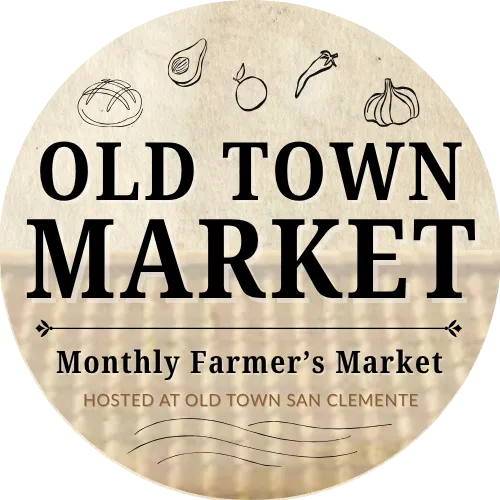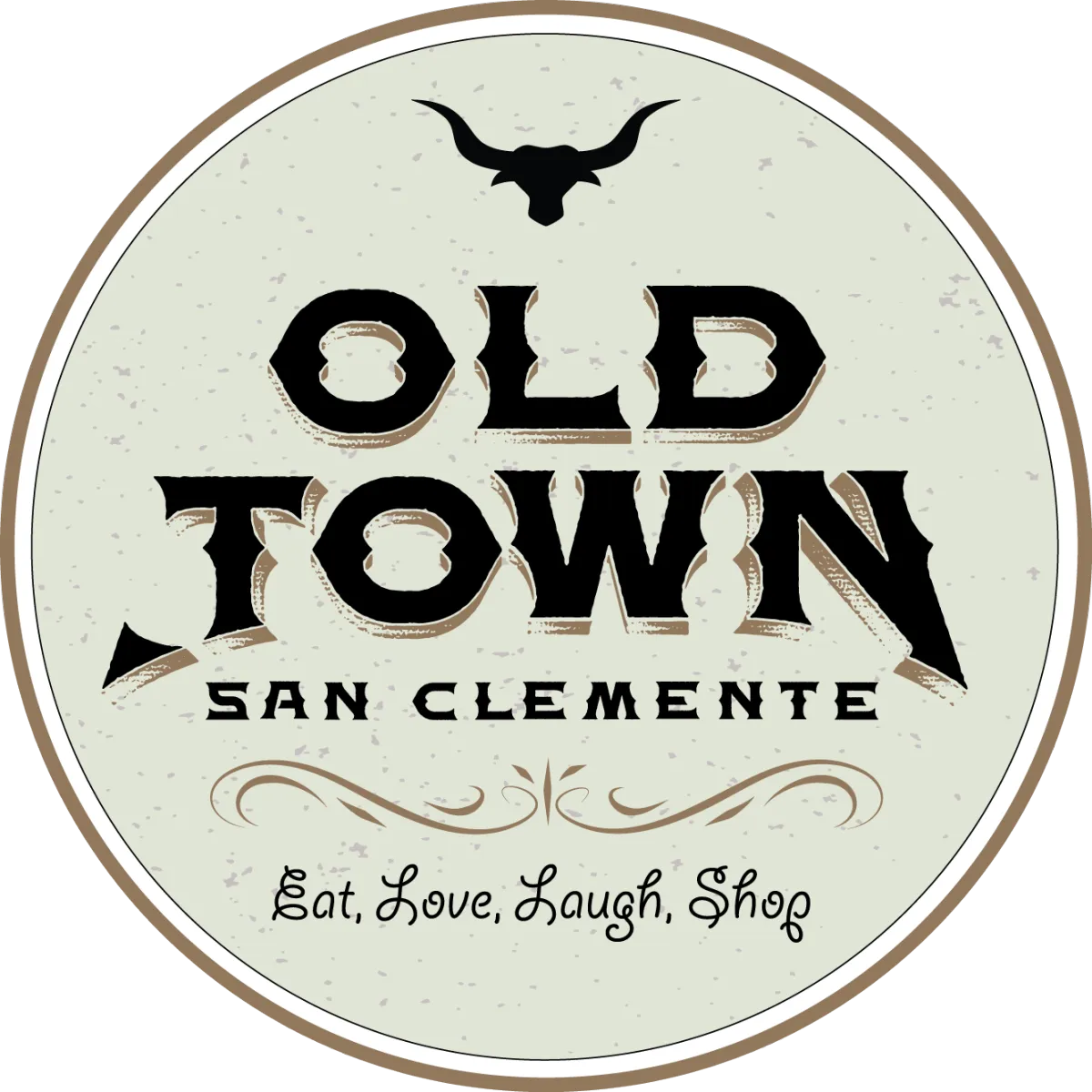Alohana Acai Bowls & Coffee
Alohana Acai Bowls & Coffee - GOOD VIBES ALL AROUND
Getting Here & Parking
Old Town Market is held in the heart of Old Town San Clemente at:
📍 111 W. Avenida Palizada, San Clemente, CA 92672
(Main parking lot of the Old Town shopping plaza)

📍 ALOHANA ACAI BOWLS & COFFEE
San Clemente
Alohana is a family run acai shop offering a variety of bowls, smoothies, coffees, espresso and snacks. Dairy free and gluten free options are available!
Voted best Acai Bowls and coffee in San Clemente!
Parking Details
Welcome to Alohana Acai Bowls & Coffee
All About Aloha, Shakkas and Good Vibes!
Parking near the market may be limited, especially during peak hours. While there is some availability around the plaza, we can’t guarantee open spots—so we encourage you to arrive early and be prepared to walk a short distance if needed.
We do have an overflow lot located a short walk away at:
📍 127 Avenida Miramar, San Clemente, CA 92672
If that lot is full, you're welcome to explore nearby parking—just make sure to follow local signage, respect driveways, and park safely.
Walking, Biking & Accessibility
Old Town San Clemente is very pedestrian-friendly. Whether you're walking in, biking over, or arriving by bus, the area is easy to navigate. While we can’t guarantee bike racks, there are likely places to safely lock your bike.
The market is also wheelchair accessible and welcoming for strollers and mobility devices.
Market Hours
🗓️ Every Second Saturday of the Month
🕖 7:00 AM – 11:00 AM
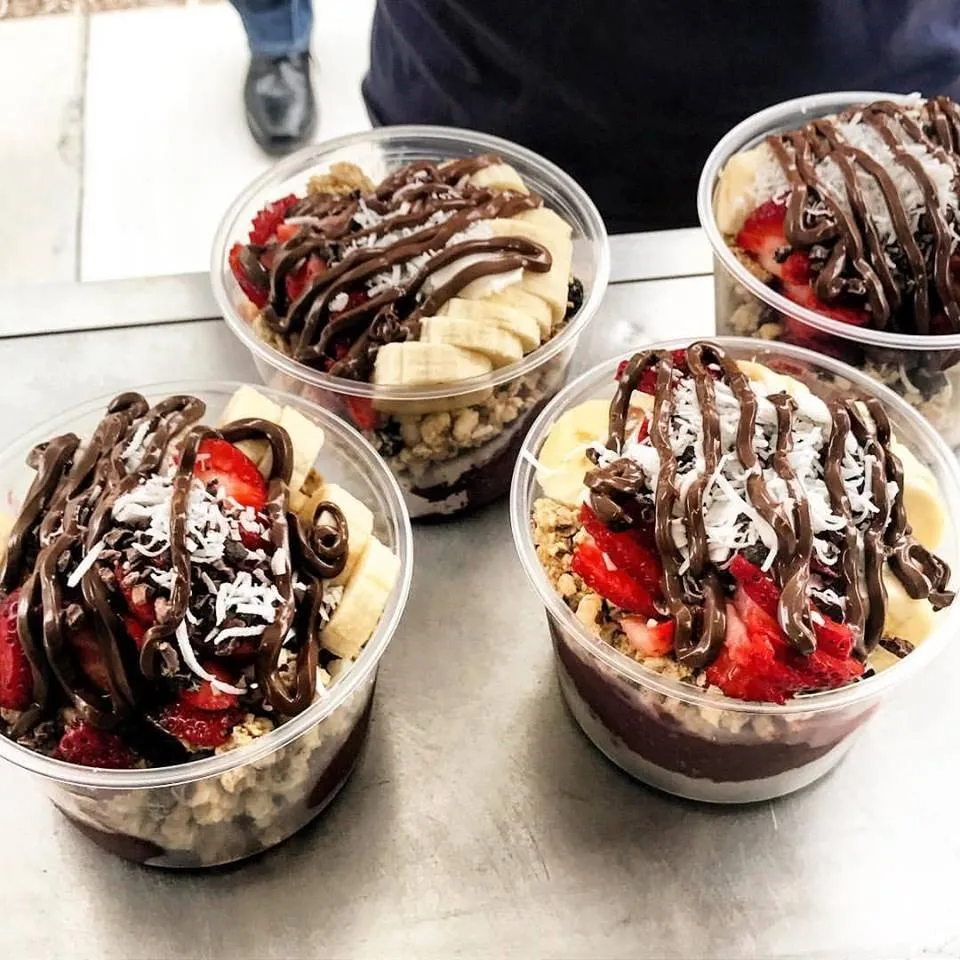
Alohana Acai Bowls & Coffee is where coastal vibes meet crave-worthy fuel. Their handcrafted acai bowls are layered with love—think the Lower’s Peanut Butter Bowl with creamy organic acai, flax seed granola, fresh strawberries, bananas, and rich peanut butter drizzle. The Double Rainbow bursts with kiwi, blueberries, and every color of the fruit spectrum, while the Moonlight Bowl brings tropical mango, coconut, and chocolate together in perfect harmony. And don't miss their espresso bar—crafted with Verve Sermon Blend for rich, smooth lattes, macchiatos, and cold brews that hit just right. Whether you're craving color, caffeine, or coastal chill, Alohana delivers sunshine in every cup and spoonful.
Alohana is more than just bowls—it’s a full sensory experience. Their smoothie lineup is stacked: the Lava Flow is a velvety blend of chocolate, almond milk, banana, and crunchy cacao nibs, while the Golden Hour packs an immunity punch with fresh orange juice and mango. For green goodness, the Emerald Bay Smoothie delivers with pineapple, ginger, spinach, and citrus zest.
Coffee lovers are in for a treat, too. They proudly brew with Verve Sermon Blend—an artisan roast featured in lattes, cortados, cappuccinos, and seasonal sips like the Strawberry Oat Matcha. Whether you want a bold Hammerhead, a chilled Cold Brew, or a silky Flat White, they’ve got your perfect cup. Everything at Alohana is crafted with intention, energy, and aloha spirit. It’s not just a menu—it’s a lifestyle you can taste.
Founding partners, Pete & Robert, have spent the past 20+ years working in the action sports industry and also grew up surfing, snowboarding, cycling and being active in the outdoor community. After spending years at trade shows dedicated to these industries and realizing the only options for food was typically hot dogs, burgers, & pizza, the idea for a healthy alternative to serve at these events was born.
-
The first trailer was purchased in August 2015 and a long, successful week at Outdoor Retailer in Salt Lake City, UT ensued. The response was overwhelming, and have since grown the business with new stores and trucks to serve you!
Thanks for checking us out!
Aloha,
Don't Forget to ask us about the SECRET MENU!
How to Buy and Contact Us when we are not at the Old Town Market
Visit us at Old Town San Clemente anyday!
VISIT US AT THE: Old Town Market
🗓️ Every Second Saturday of the Month
🕖 10:00 AM – 2:00 PM
LOCATION: Old Town San Clemente, 111 W. Avenida Palizada, San Clemente, CA 92672
Alohana- handcrafted, healthy, organic acai bowls & Coffee

---
Açaí na tigela
Açaí na tigela (Portuguese for açaí in the bowl), commonly known internationally as an açaí bowl, is a sweet Brazilian snack or light meal originating in the northern states of Pará and Amazonas. The dish is made from the frozen and mashed fruit of the açaí palm (*Euterpe oleracea*). The fruit has been described as having an earthy or creamy taste and a granular texture before blending, with a natural tartness that contributes to its flavour profile.
Typically, the mashed açaí is served cold in a bowl similar to a smoothie, often mixed with guaraná syrup or other sweeteners, and topped with ingredients such as granola and sliced banana.
Regional and National Consumption
Although now popular across Brazil, açaí na tigela has particular cultural and culinary significance in Pará, Rio de Janeiro, Florianópolis, São Paulo, Goiás, and along Brazil’s northeastern coast. In these regions, it is widely sold in beachfront kiosks and juice bars.
---
International Marketing and Popularity
Interest in açaí fruit expanded globally in the late 1990s, following scientific studies and media attention on its potential health properties. Around 2000, companies such as Sambazon began exporting frozen açaí pulp to the United States and other markets. The dish gained early popularity in Hawaii and Southern California before spreading to cafés and health-food outlets worldwide.
New variations, including açaí soft-serve desserts and other frozen products, have since developed. By 2023, Brazilian açaí exports had increased by over 16,000 % in a decade, rising from about 60 kg in 1999 to more than 15,000 tonnes in 2021.
---
Nutrition and Health Claims
While marketing often highlights antioxidants and other supposed health benefits, clinical evidence remains limited to support specific claims for açaí or açaí bowls. The berries themselves are relatively low in sugar, but commercial açaí bowls can be high in calories and added sugars due to sweeteners and toppings used to soften the fruit’s naturally bitter taste.

Strawberries (or simply strawberry; Fragaria × ananassa) is a widely grown hybrid species of the genus Fragaria, collectively known as the strawberries, which are cultivated worldwide for their fruit. The fruit is widely appreciated for its characteristic aroma, bright red color, juicy texture, and sweetness. It is consumed in large quantities, either fresh or in such prepared foods as jam, juice, pies, ice cream, milkshakes, and chocolates. Artificial strawberry flavorings and aromas are also widely used in products such as candy, soap, lip gloss, perfume, and many others.
Blueberry is a widely distributed and widespread group of perennial flowering plant with blue or purple berries. They are classified in the section Cyanococcus within the genus Vaccinium. Vaccinium also includes cranberries, bilberries, huckleberries and Madeira blueberries. Commercial blueberries—both wild (lowbush) and cultivated (highbush)—are all native to North America. The highbush varieties were introduced into Europe during the 1930s.
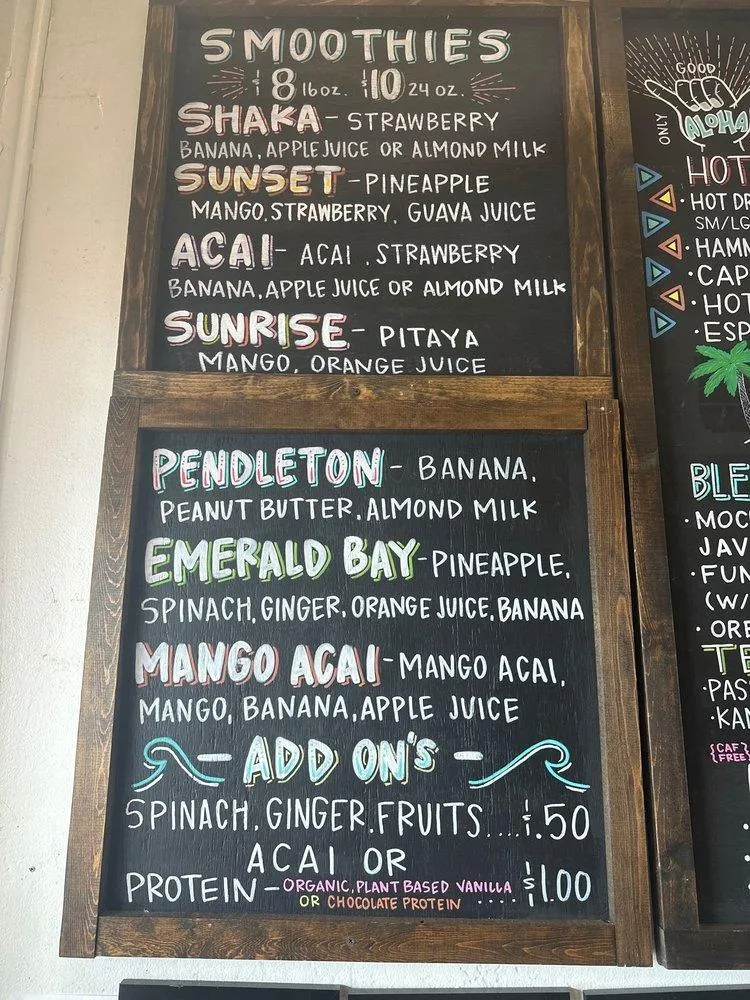
Smoothie is a beverage made by puréeing ingredients in a blender. A smoothie commonly has a liquid base, such as fruit juice or milk, yogurt or ice cream. Other ingredients may be added, including fruits, vegetables, non-dairy milk, crushed ice, whey powder or nutritional supplements.
Mango is an edible stone fruit produced by the tropical tree Mangifera indica. It originated from the region between northwestern Myanmar, Bangladesh, and northeastern India.M. indica has been cultivated in South and Southeast Asia since ancient times resulting in two types of modern mango cultivars: the "Indian type" and the "Southeast Asian type".Other species in the genus Mangifera also produce edible fruits that are also called "mangoes", the majority of which are found in the Malesian ecoregion.
Granola is a food consisting of rolled oats, nuts, seeds, honey or other sweeteners such as brown sugar, and sometimes puffed rice, that is usually baked until crisp, toasted and golden brown. The mixture is stirred while baking to avoid burning and to maintain a loose breakfast cereal consistency. Dried fruit, such as raisins and dates, and confections such as chocolate are sometimes added. Granola is often eaten in combination with yogurt, honey, fresh fruit (such as bananas, strawberries or blueberries), milk or other forms of cereal. It also serves as a topping for various pastries, desserts or ice cream. Muesli is similar to granola, except that it is traditionally neither sweetened nor baked.
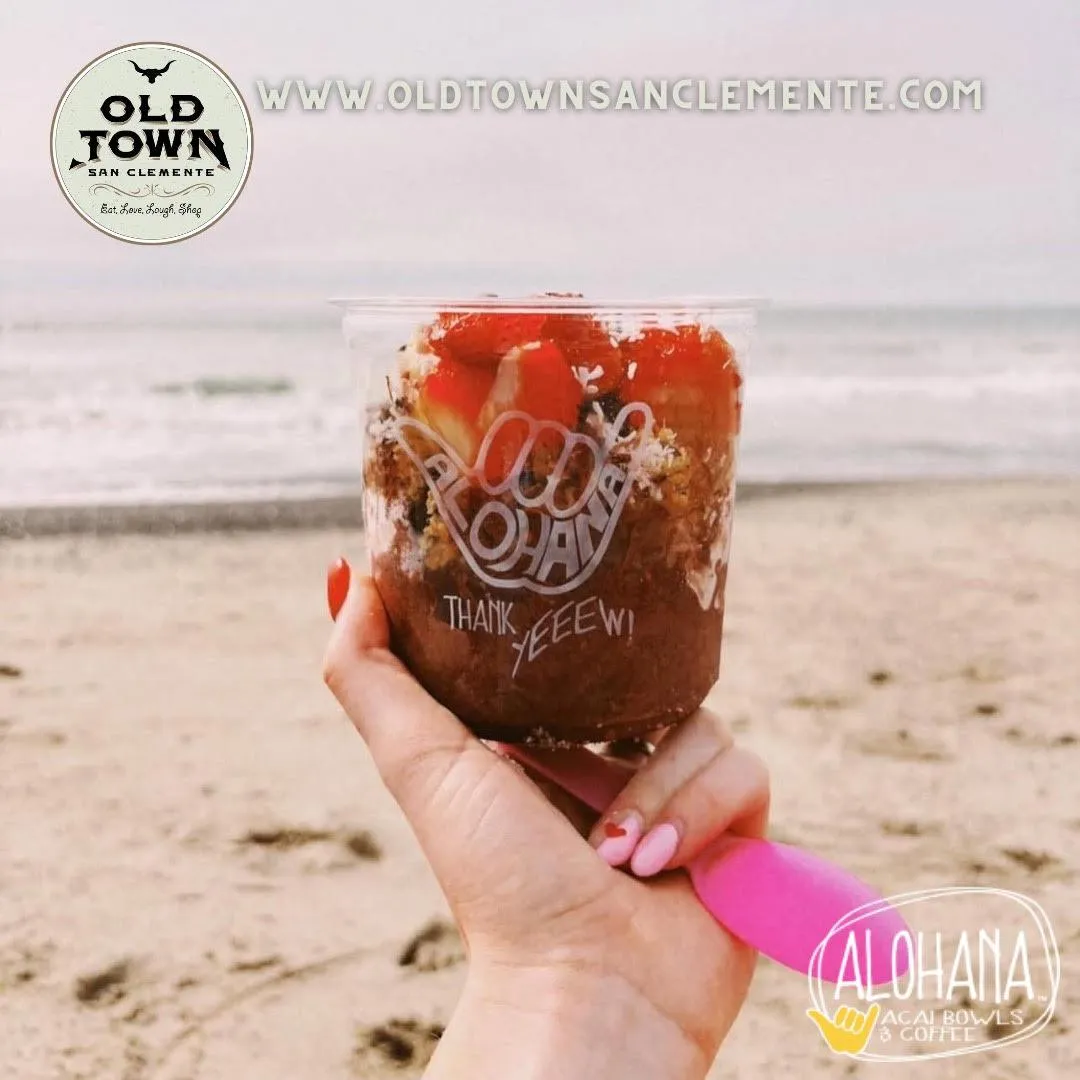
FLaxseed-Linseed oil , also known as flaxseed oil or flax oil (in its edible form), is a colourless to yellowish oil obtained from the dried, ripened seeds of the flaxplant (Linum usitatissimum). The oil is obtained by pressing, sometimes followed by solvent extraction
Owing to its polymer-forming properties, linseed oil is often blended with combinations of other oils,
resins or solvents as an impregnator, drying oil finish or varnish in wood finishing , as a pigment binder in
oil paints , as a plasticizer and hardener in
putty , and in the manufacture of inoleum. Linseed oil use has declined over the past several decades with increased availability of synthetic alkyd resins—which function similarly but resist yellowing. Linseed oil is an
edible oil in demand as a dietary supplement
, as a source of α-Linolenic acid, an omega-3 fatty acia. In parts of Europe, it is traditionally eaten with potatoes and quark
.
Peanut butter-Peanut butter is a food paste or spread made from ground, dry-roasted peanuts. It commonly contains additional ingredients that modify the taste or texture, such as salt, sweeteners, or emulsifiers. Consumed in many countries, it is the most commonly used of the nut butters, a group that also includes cashew butter and almond butter (though peanuts are not botanically nuts, peanut butter is culinarily considered a nut butter).
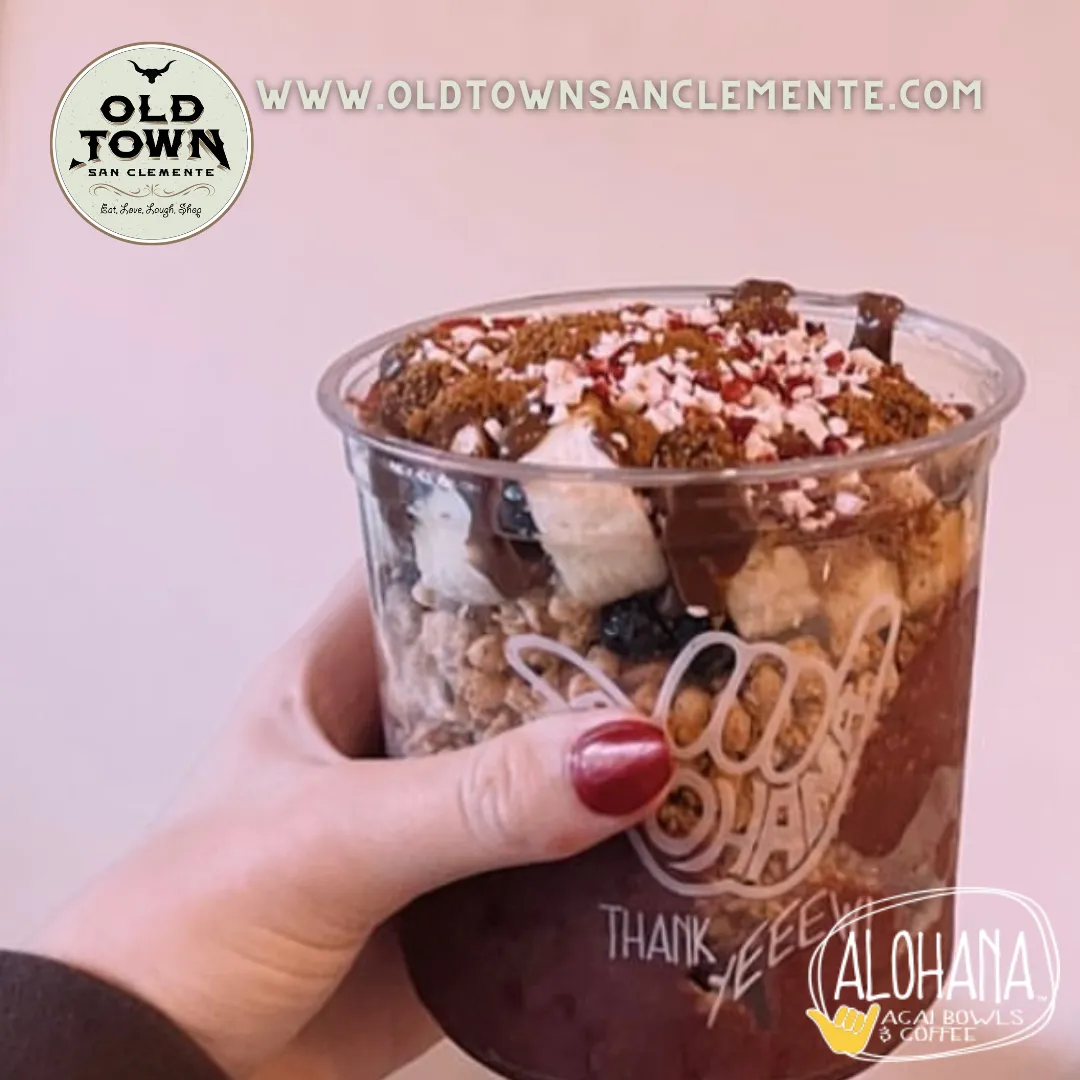
Nutella-(US: /nuːˈtɛlə/noo-TEL-ə UK: /nʌˈtɛlə/nuh-TEL-ə,Italian:[nuˈtɛlla]) is a brand of brown, sweetened
hazelnut cocoa spread Nutella is manufactured by the Italian company Ferrero and was introduced in 1964, although its first iteration dates to 1963.
What Oats Are
Oats (**Avena sativa**) are a whole-grain cereal crop originally cultivated in Europe and parts of Asia thousands of years ago. Unlike wheat or barley, oats grow well in cooler, wetter climates, which is why they thrive in regions like Northern Europe, Canada, and the northern U.S.
The edible part of the oat plant is the groat—the kernel inside the husk. After harvest, the tough outer hull is removed, and the remaining groat is processed into different forms depending on how it’s cut, steamed, or rolled.
Pitaya (/pɪˈtaɪ.ə/) or pitahaya (/ˌpɪtəˈhaɪ.ə/) is the fruit of several different cactus species indigenous to the region of southern Mexico and along the Pacific coasts of Guatemala, Costa Rica, and El Salvador. Pitaya is cultivated in East Asia, South Asia, Southeast Asia, the United States, the Caribbean, Australia, Brazil, and throughout tropical and subtropical regions of the world.
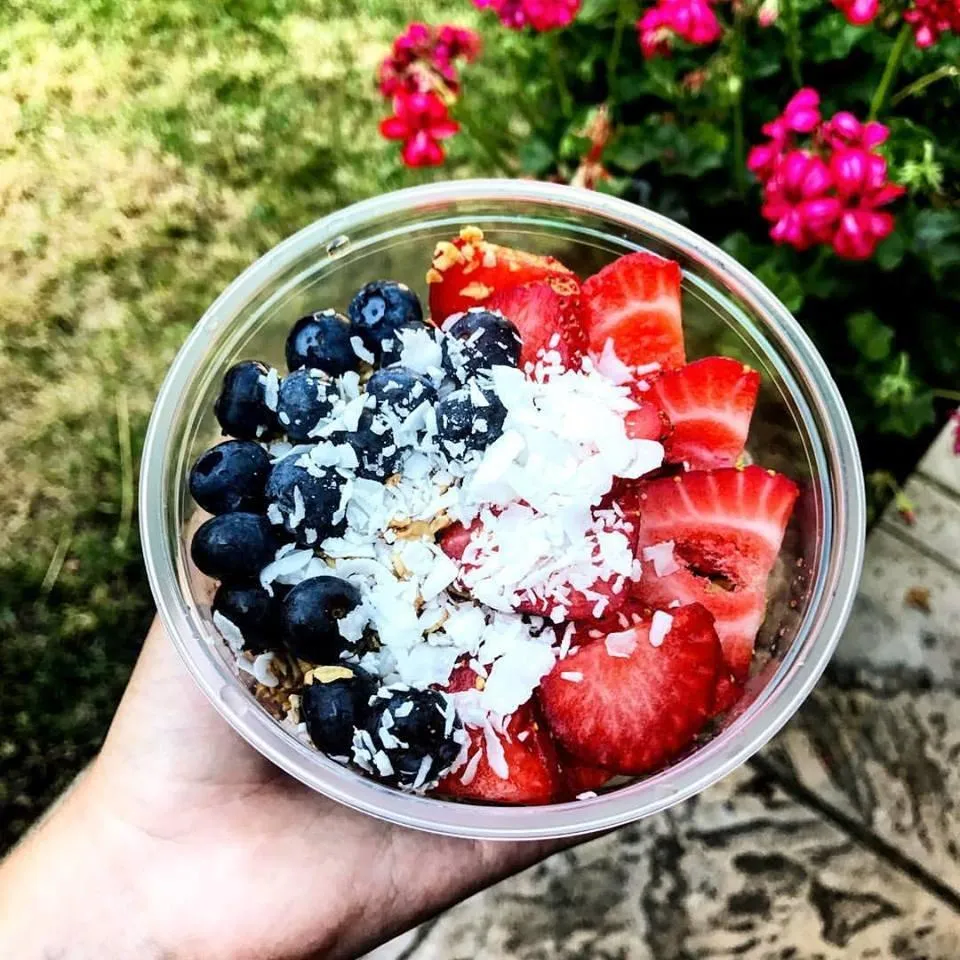
Honey is a sweet and viscous substance made by several bees, the best-known of which are honey bees.Honey is made and stored to nourish bee colonies. Bees produce honey by gathering and then refining the sugary secretions of plants (primarily floral nectar) or the secretions of other insects, like the honeydew of aphids. This refinement takes place both within individual bees, through regurgitation and enzymatic activity, and during storage in the hive, through water evaporation that concentrates the honey's sugars until it is thick and viscous.
Coconut Shavings-Puttu (Malayalam: പുട്ട്; Tamil: புட்டு; (pronounced [ˈputtu]), also called pittu Sinhala: පිට්ටු) is a dish native to the Southern Indian state of Kerala, Tamil Nadu, parts of Karnataka, and Sri Lanka. Puttu means "portioned" in Tamil and Malayalam. It is made of steamed cylinders of ground rice layered with coconut shavings, sometimes with a sweet or savory filling on the inside. Puttu is usually a breakfast dish served hot with either sweet side dishes such as palm sugar or banana, or savoury with chana masala, chutney, rasam, or meat curries.
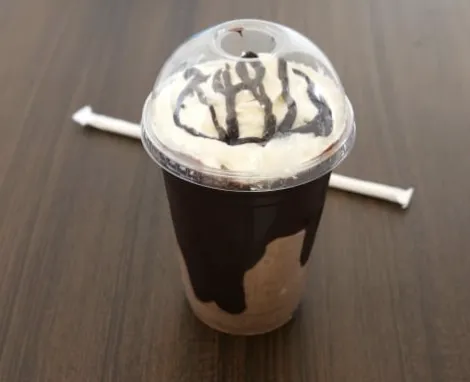
Coffee
Coffee is a beverage brewed from roasted and ground coffee beans—the seeds of the fruit (*cherries*) of plants in the genus Coffea. Typically dark in color, bitter, and slightly acidic, coffee has a stimulating effect primarily due to its caffeine content. Decaffeinated coffee and various coffee substitutes are also commercially available.
Production and Preparation
Coffee production begins with separating the seeds from ripe coffee cherries to obtain unroasted green beans. The beans are then roasted, which develops flavor and aroma, and subsequently ground. Brewing generally involves steeping the ground coffee in hot water and then filtering the solids. Coffee is most often served hot, though iced and chilled preparations are common.
Common preparation methods include espresso, French press, and caffè latte, as well as ready-to-drink canned coffee. Additives such as sugar, non-nutritive sweeteners, milk, and cream are frequently used to adjust bitterness and flavor.
History
Although now a global commodity, coffee’s early history is tied to the Red Sea region. Credible evidence of coffee drinking in a form similar to the modern beverage appears in 15th-century Yemen, where Sufi communities roasted and brewed coffee seeds for use during religious observances. The beans were procured from the Ethiopian Highlands via Somali coastal intermediaries and cultivated in Yemen. By the 16th century, coffee had spread across the Middle East and North Africa, later reaching Europe.
Banana-is an elongated, edible fruit– botanically a berry– produced by several kinds of large
herbaceous flowering plants n the genus Musa In some countries, bananas used for cooking
may be called "plantains", distinguishing them from
dessert bananas The fruit is variable in size, color, and firmness, but is usually elongated and curved, with soft flesh rich in starch covered with a rind
,which may be green, yellow, red, purple, or brown when ripe. The fruits grow upward in clusters near the top of the plant. Almost all modern
edible seedless ( parthenocarp) bananas come from two wild species –Musa acuminataand Musabalbisiana. The scientific namesof most cultivated bananas are Musa acuminata. Musa balbisiana, and Musa × paradisiaca for the hybrid Musa acuminata× M. balbisiana, depending on their
genomicconstitution. The old scientific name for this hybrid,Musa sapientum , is no longer used.
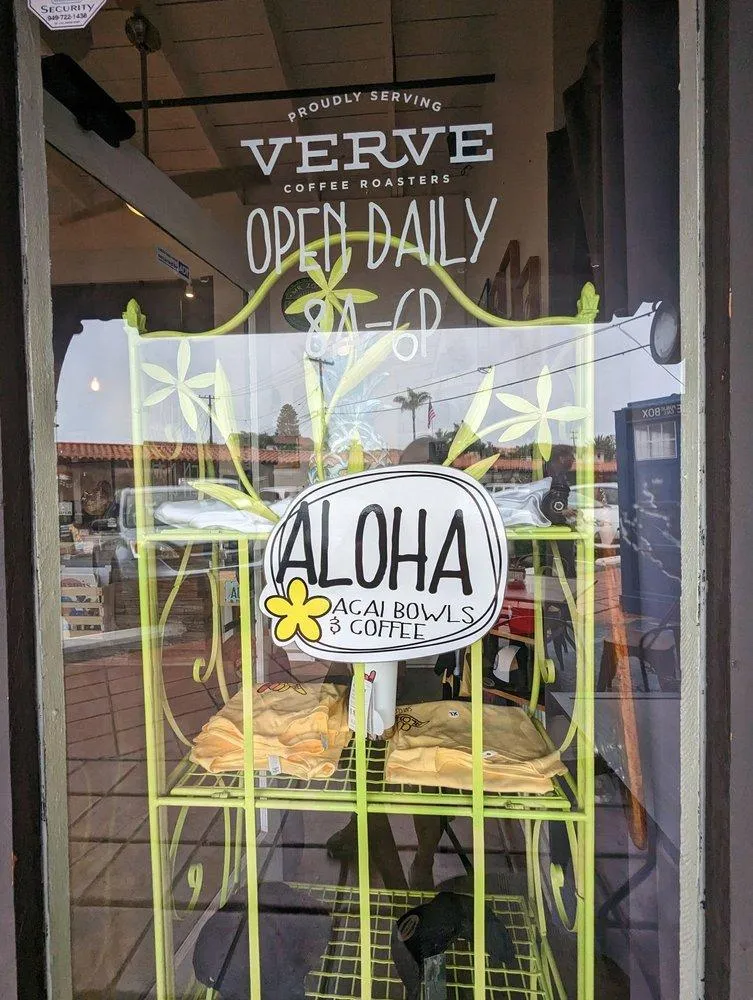
Old Town San Clemente Market
Local. Handmade. Heartfelt. Join us for a community-driven farmer's market in the heart of San Clemente.
